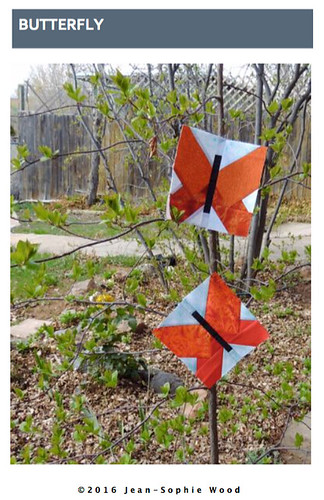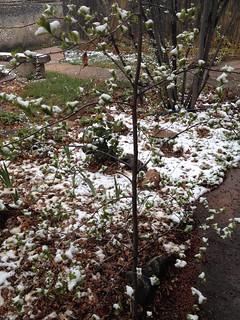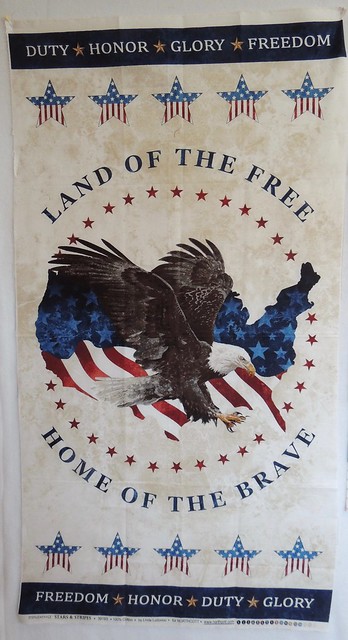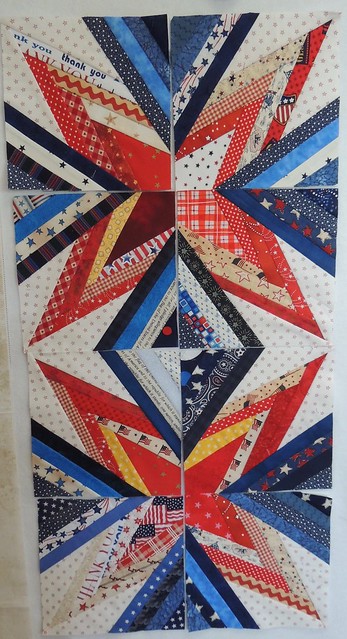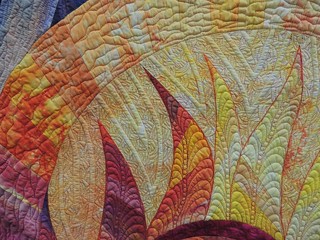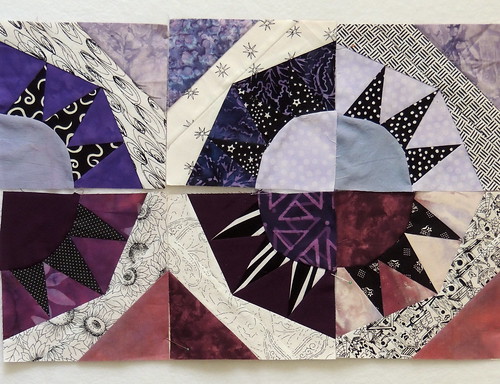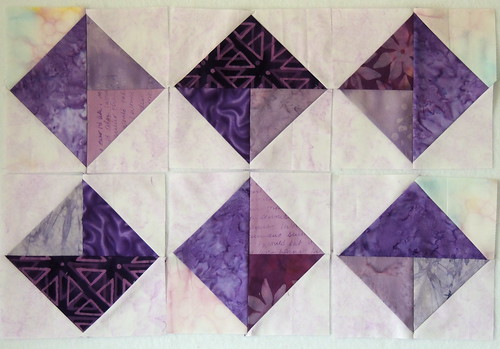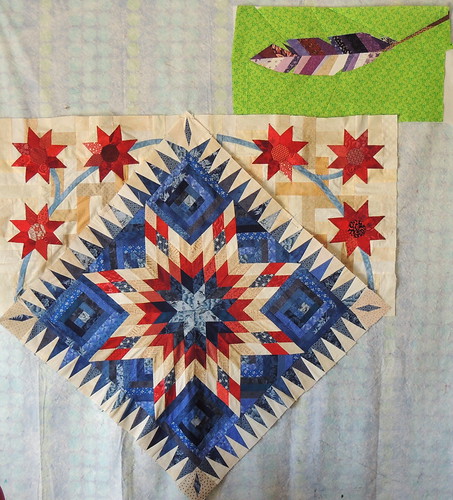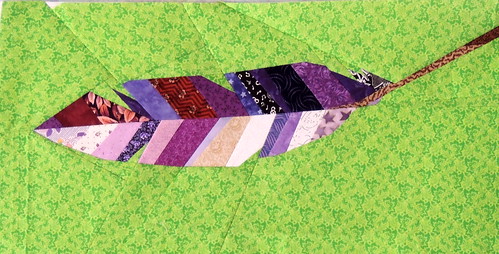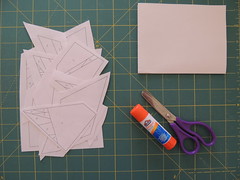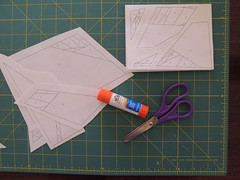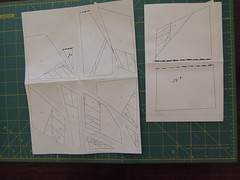Sunday was gray and cold and windy here, feeling more like winter than anything else. It made it easy to stay inside and continue to play with purple scraps. The result was a purple haze on my
design wall.
These are the blocks for the four ongoing projects I'm working on as part of the
Rainbow Scrap Challenge. Two are new this year, two are old (and older) projects that I hope to finish by year's end as I work my way, month by month, color by color.
As I moved from block-to-block and project-to-project, I realized that my approach to these scrappy blocks isn't always the same.
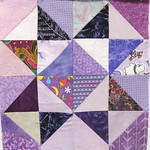
Each of the Broken Dishes blocks is made from 32 triangles. When cutting fabrics for these, I don't really think about the individual fabrics and how they will play together, only their VALUE. The placement of the light, medium and dark fabrics creates the stars in these monochromatic blocks and they do seem to be proof of the idea that if you use 50 different fabrics, they will work.
FYI, the 8 broken Dishes blocks on my design wall are from a previous iteration of the Rainbow Scraps Challenge. My goal this month is to make 13 more.

The paper pieced Briar Patch blocks contain 3 purple fabrics plus 2 black and white prints (one light and one dark). In each of these blocks, I do think about choosing three fabrics that play well together.
But because I doubt that the blocks will be lumped together by color in the quilt, I don't worry if the blocks made from a single color, like these six scrappy purple ones aren't great together.
A side effect of my gray, overcast day is that some of the purple fabrics in these blocks look a little dead. They are actually more lively and purpley in person ... but they still don't all play well with one another.

For the Triangles-in-a-Square blocks for my Mod-Mod Throw, because I know they WILL be grouped together in the quilt, I paid more attention to the group of 14 fabrics and how they ALL worked together.
I still used a mix of purples that were closer to red on the color wheel and those leaning toward blue, but all six blocks are happy to be adjacent to one another (and definitely happier together than those Briar Patch blocks) ... or at least I think so.
I made these using the 4-at once method (#1 in the instructions) and the paper foundations (method #3) to make 2 more. I'll have more to say about these and the Mod-Mod quilt-along next week.

I confess I am not entirely happy with my purple Oak Leaf block.
While I do want to have enough contrast between the 10 purples in this block–because I want the individual triangles to be obvious–this one seems to have almost too much value contrast and would, I think, benefit from more mediums and fewer dark fabrics.
If I get all those Broken Dishes blocks made before the end of the month, maybe I'll try remaking this one and see what happens.
When you make scrappy blocks, do you choose fabrics that coordinate, choose them based on value or color, or just randomly choose and use them ... or do you have your own technique for choosing fabrics?
